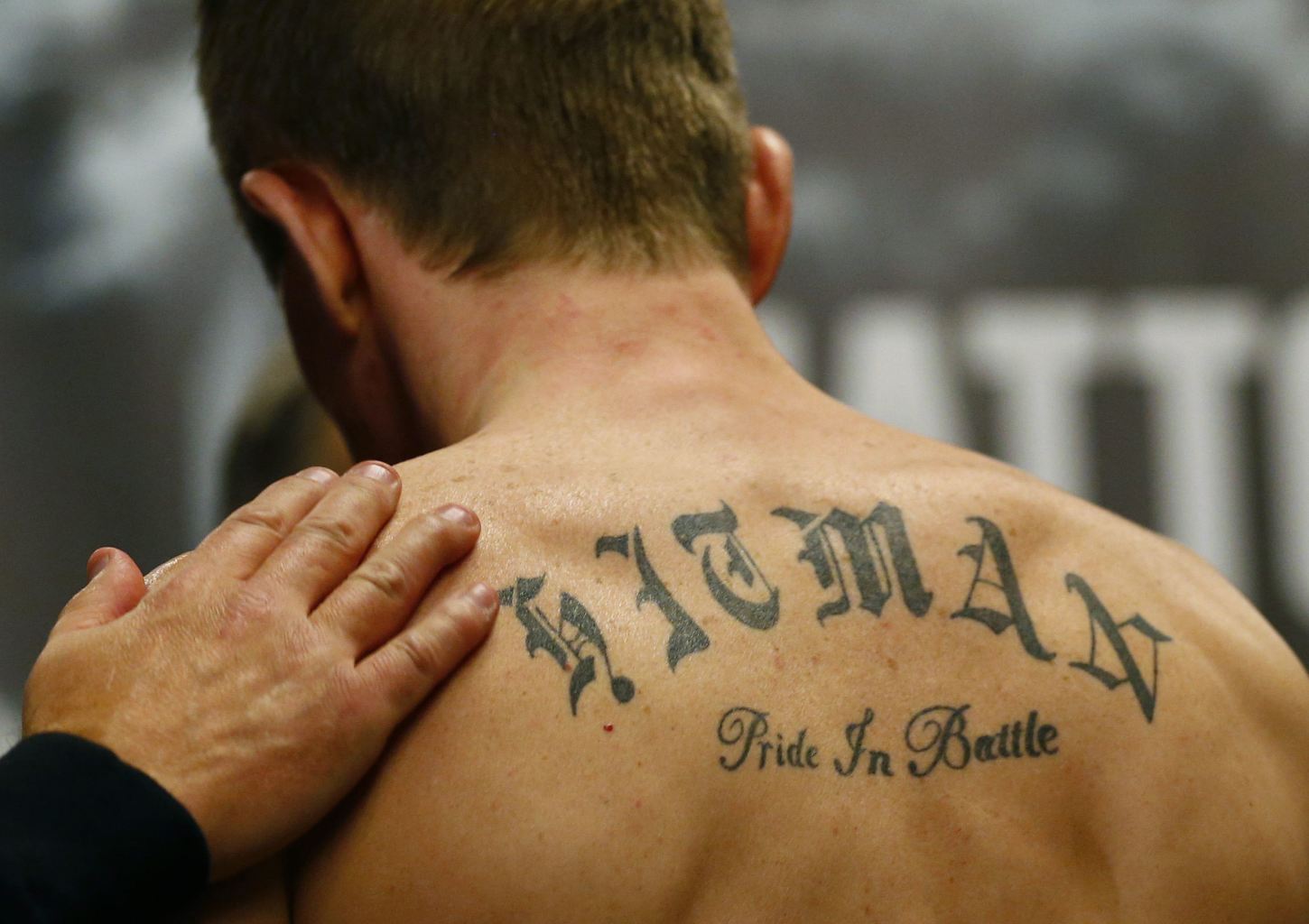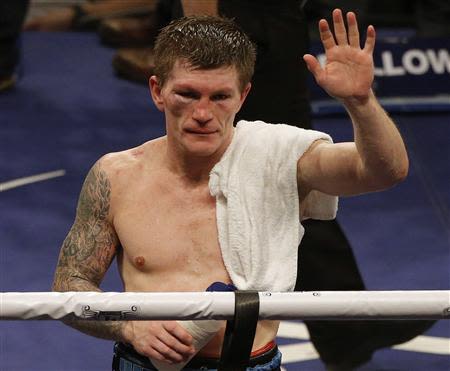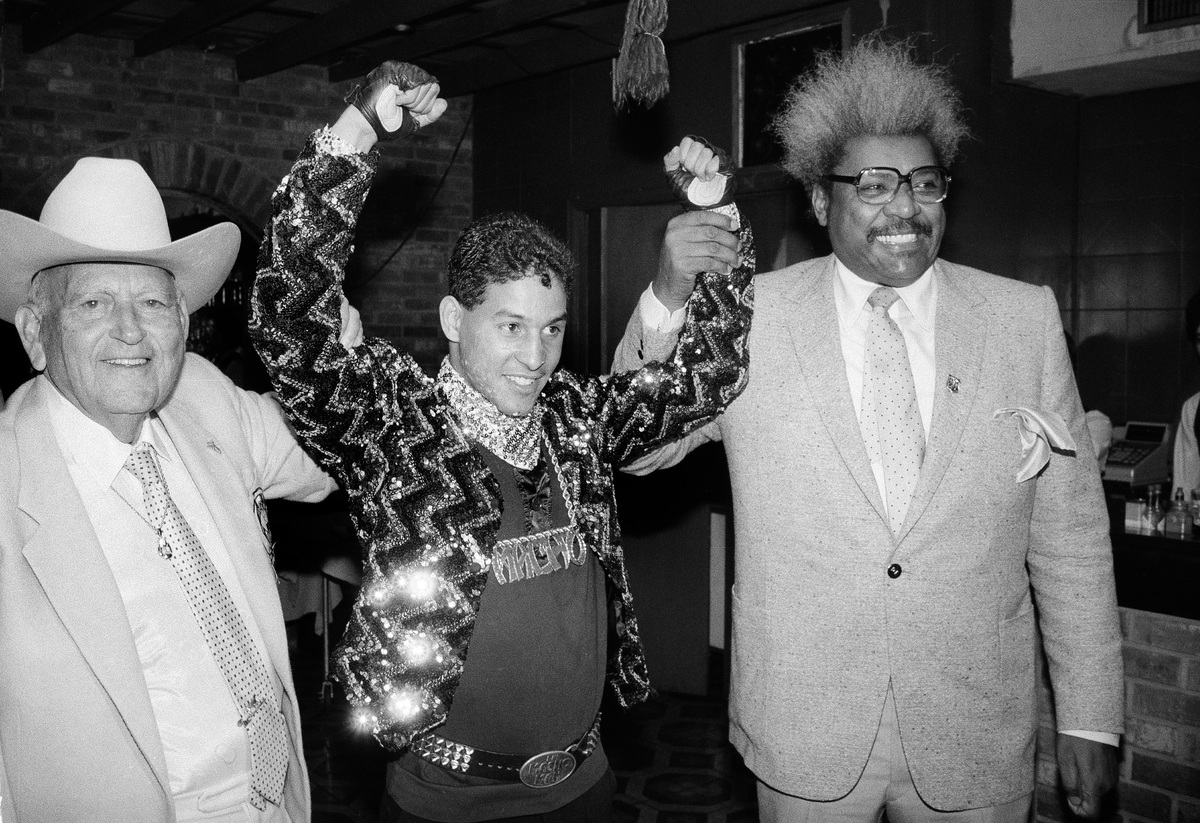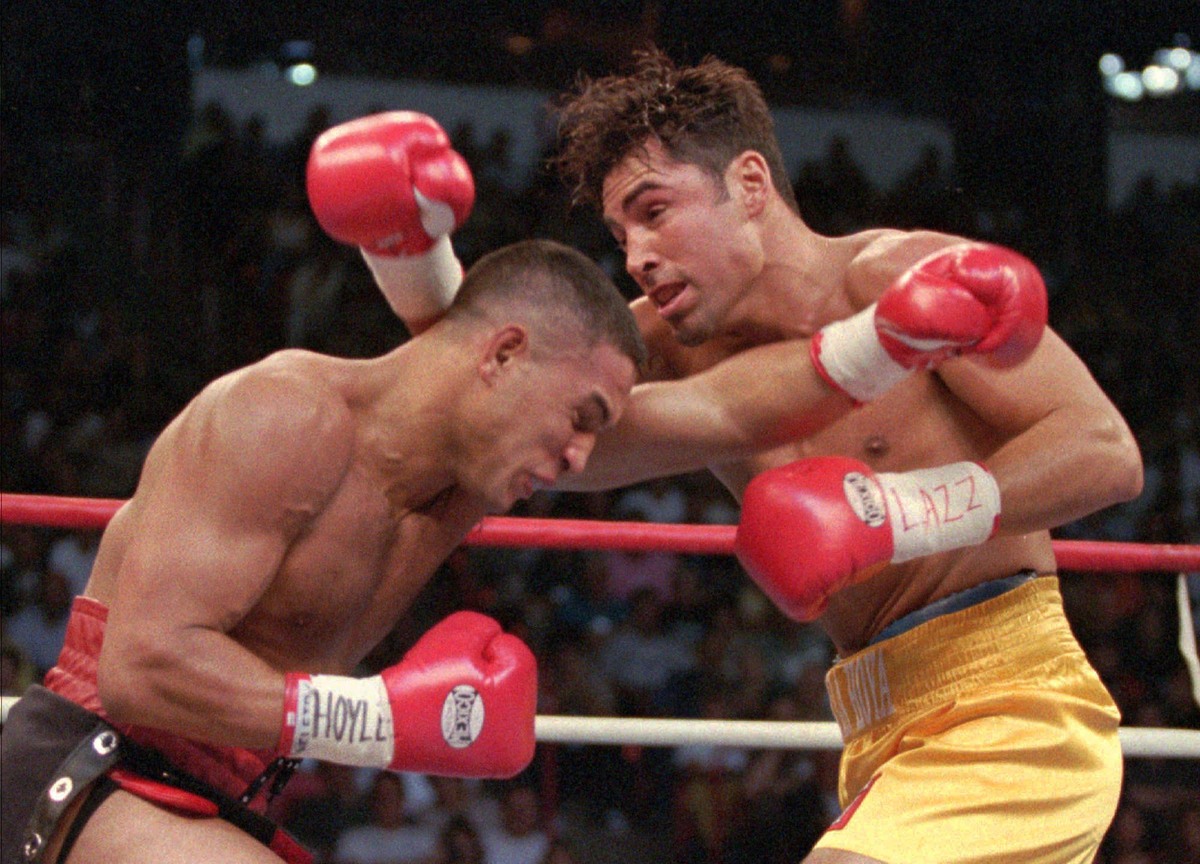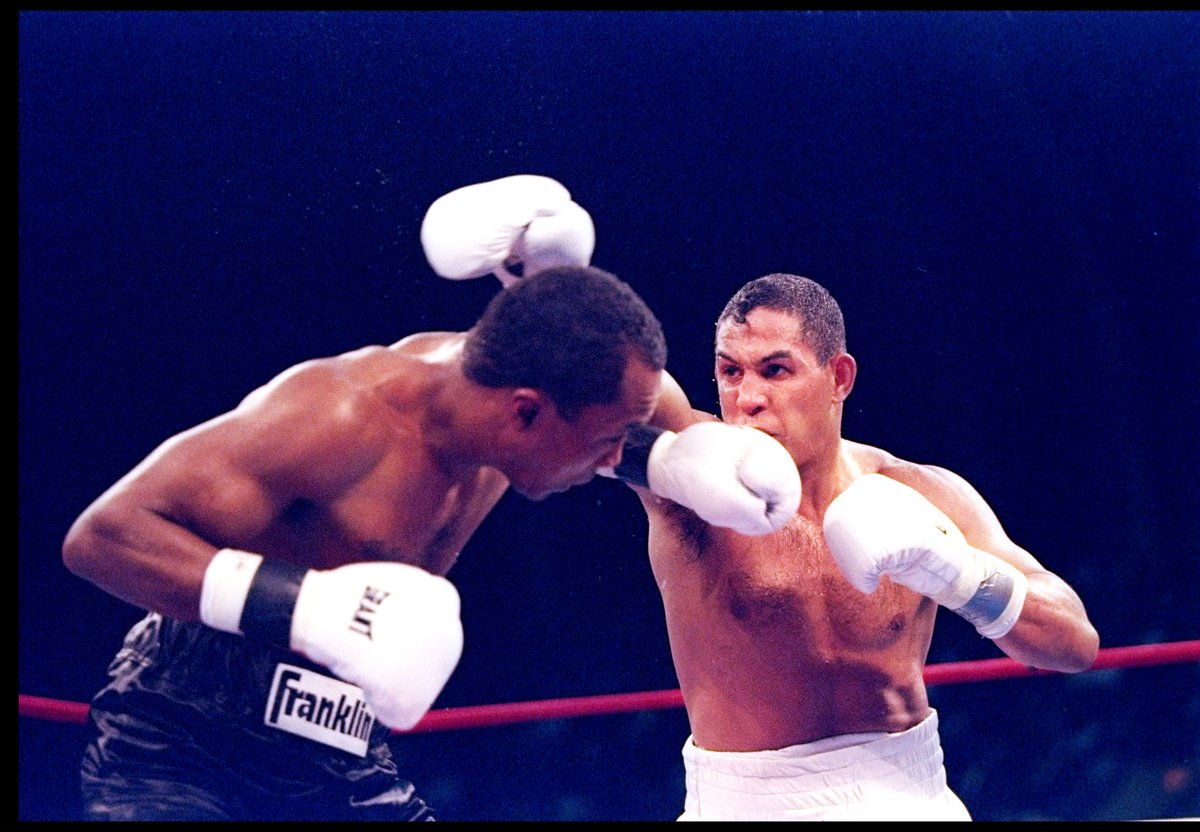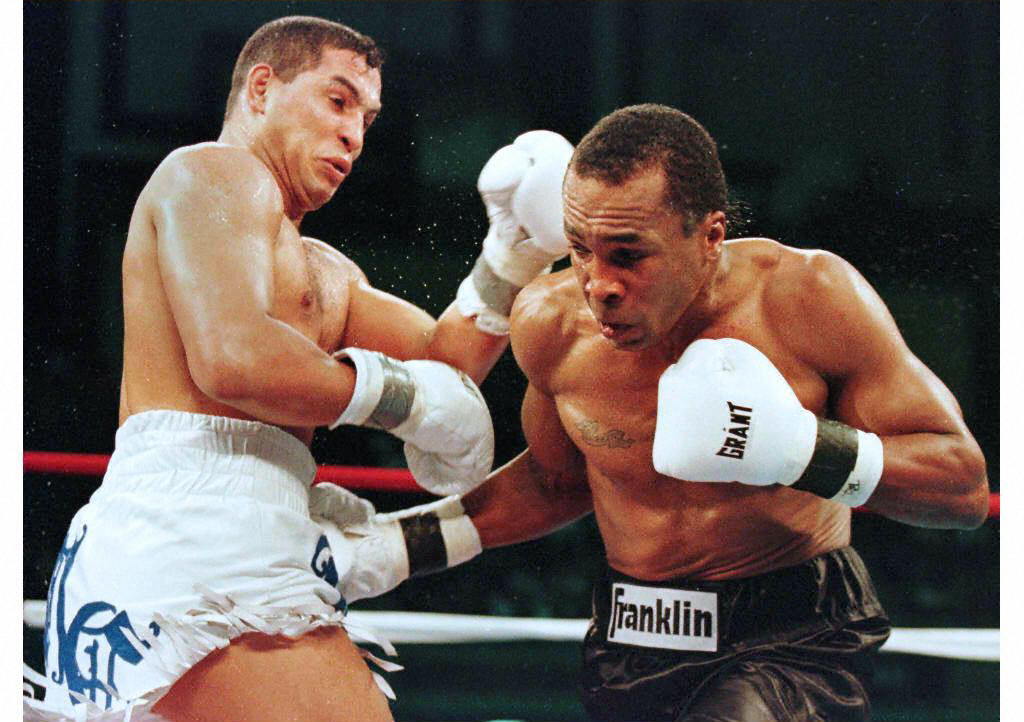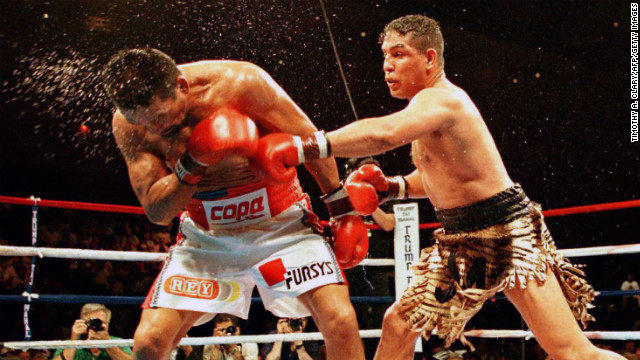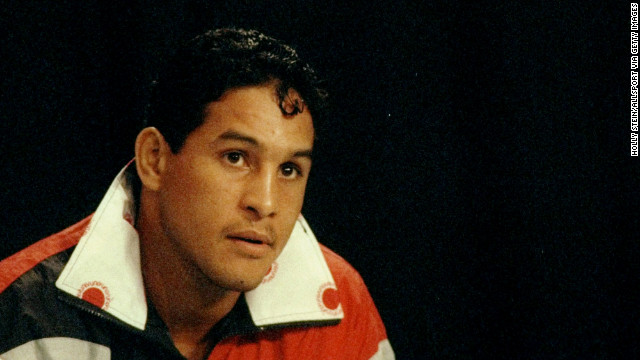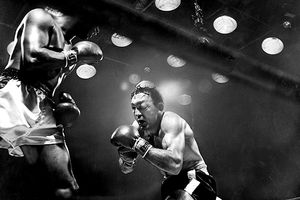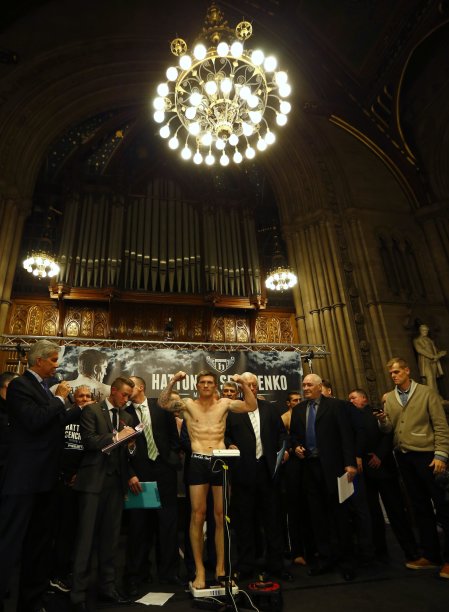
Photo By DARREN STAPLES/REUTERS Fri, Nov 23, 2012
British boxer Ricky Hatton stands on the scales during a weigh-in, ahead of his comeback fight against Vyacheslav Senchenko of Ukraine, at the Town Hall in Manchester, northern England, November 23, 2012. 
(Photo by Scott Heavey/Getty Images)
MANCHESTER, ENGLAND - NOVEMBER 24: Ricky Hatton of Great Britain (L) is caught by Vyacheslav Senchenko of Ukraine during their Welterweight bout at the MEN Arena on November 24, 2012 in Manchester, ...
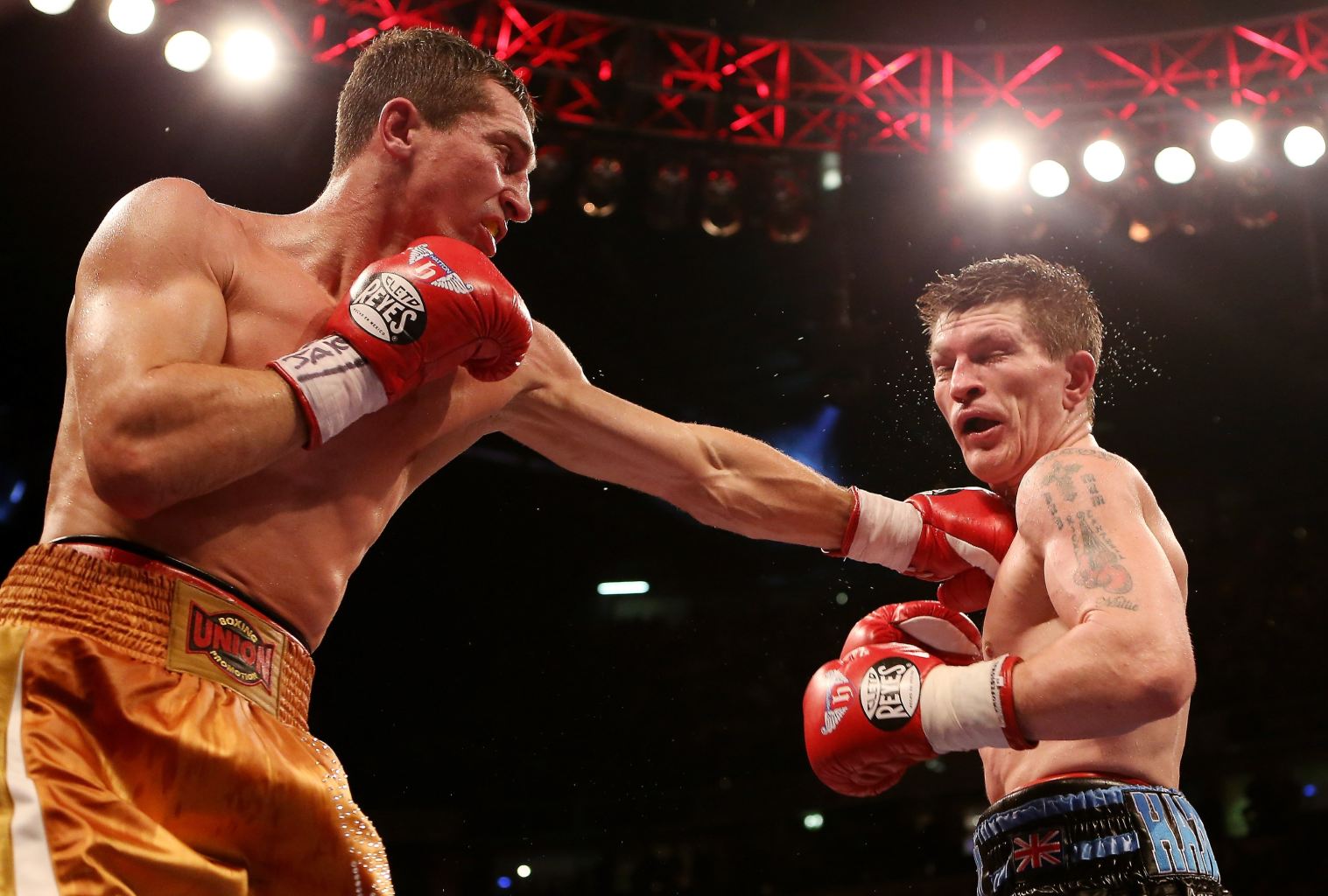
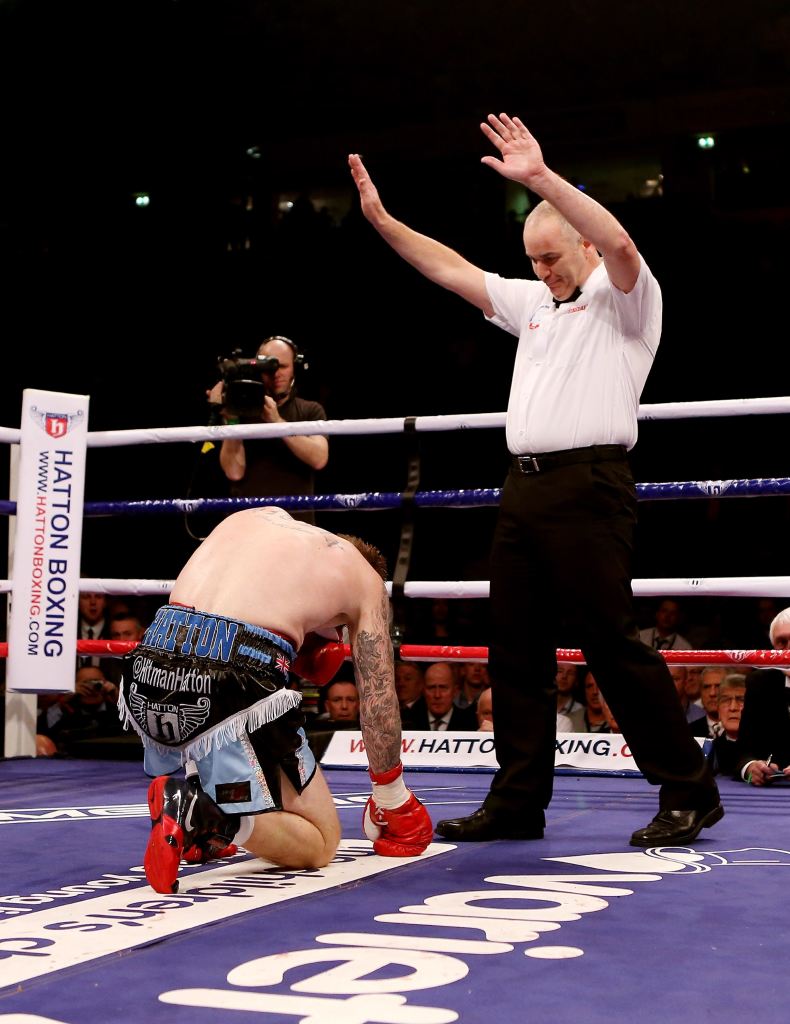
- Britain's Ricky Hatton reacts after losing to the Ukraine's Vyacheslav Senchenko in their boxing match at the Manchester Arena in Manchester, northern England November 24, 2012. REUTERS/Phil Noble
............................................
Ricky Hatton’s Comeback Bid Thwarted -How many times have former champions tried a comeback only to find out they are rusty and that their skills have declined badly?
.......................................
.......................................
The dream is over before it really began.
Ricky Hatton's comeback bid after more than three years of troubled retirement was foiled by the Ukraine's Vyacheslav Senchenko (33-1, 22 KOs) with a crushing liver shot in the ninth round.
After the bout, a dejected, emotional Hatton gave a heart-breaking post-fight interview, stating,
I'm absolutely heartbroken,I can't keep picking my ass up off the floor.
I'm absolutely heartbroken,I can't keep picking my ass up off the floor.
It was truly a sad moment in the career of a man who has given so much of himself to the sport and its fans.
And, given his well-documented issues with drugs, alcohol, and suicide attempts, the first thought after the loss had to be concerning Hatton's psychological well-being.
And, given his well-documented issues with drugs, alcohol, and suicide attempts, the first thought after the loss had to be concerning Hatton's psychological well-being.
Hatton is still a promoter, a gym owner, and would be an entertaining and insightful TV commentator if given the chance.
There's plenty of future for Ricky Hatton and plenty of boxing left in his life.
There's plenty of future for Ricky Hatton and plenty of boxing left in his life.
******************
Paul Magno was a licensed official in the state of Michoacan, Mexico and a close follower of the sport for more than thirty years. His work can also be found on Fox Sports and The Boxing Tribune. In the past, Paul has done work for Inside Fights, The Queensberry Rules and Eastside Boxing.
Source:
Showtime Championship Boxing
Source:
Ricky Hatton Knocked Out in Nine, Issues Tearful Message to Fans: "I'm so Sorry." - Yahoo! News
http://news.yahoo.com/ricky-hatton-knocked-nine-issues-tearful-message-fans-011700419--box.html
